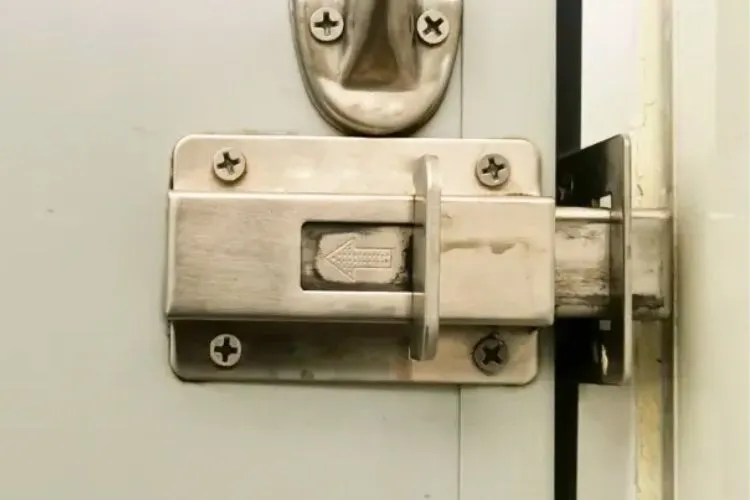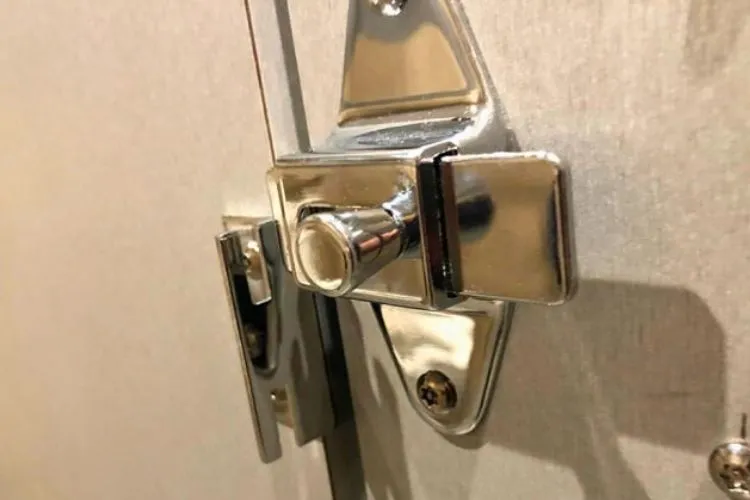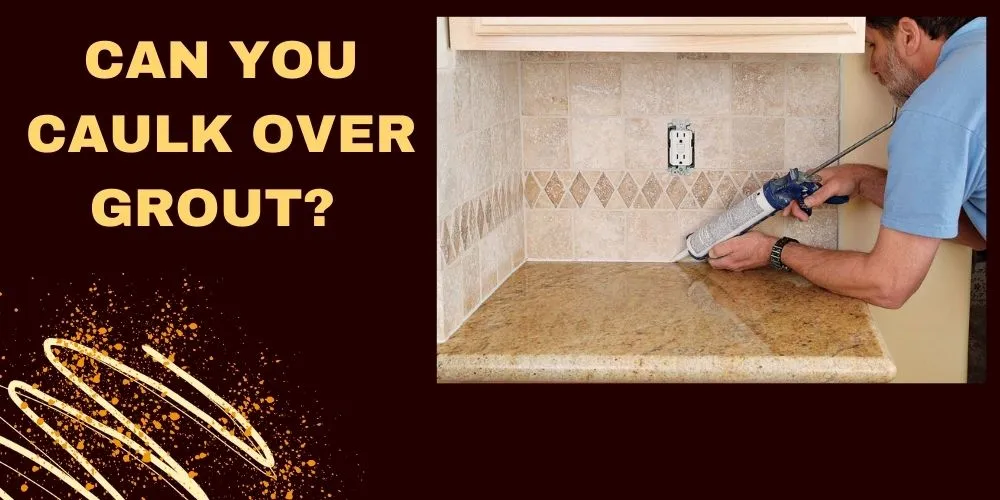Possessing a functioning bathroom stall door latch isn’t just a matter of convenience but an essential matter of privacy and security as well.
Nobody wants to experience the awkwardness of a bathroom stall door that won’t lock.
But, thankfully, learning how to fix bathroom stall door latch is a relatively simple job that requires basic tools and materials.

Tools and Materials Needed
Before diving into the repair process, it’s important to be prepared with the right tools and some spare parts. The most common tools you’ll need are a flathead and Phillips screwdriver.
You could also possibly need some replacement parts like screws, latches, or pivot sets, particularly if your latch is damaged beyond repair.
Pro tip: Always have spare parts on hand when doing maintenance jobs; it ensures you won’t have to suddenly halt the repair midway because you’re missing a part.
Assessing the Problem
Being able to identify and assess the problem is a crucial first step in any repair job. Bathroom stall door latches may fail due to loose screws, misalignments, or even damage to the latch itself.
Observe if your door latch is loose. If it is, the problem could simply be loose screws. But if your latch is misaligned or it’s not functioning even after tightening the screws, you may need to consider replacing it.
How To Fix Bathroom Stall Door Latch Step-by-Step Repair Instructions?
Two common actions can be taken to fix a bathroom stall door latch; either tightening the latch or replacing it entirely.

Tightening the Latch
A loose latch can usually be fixed by simply tightening the screws. Start by examining the latch; a loose latch will move or wiggle easily. Use your screwdriver to tighten the screws on the latch. Ensure you do this gently to avoid stripping the screws.
Upon tightening the screws, check your latch for any movement. It should not move or wiggle. If it does, it may be a sign that your screws are stripped and need replacement. If the latch feels firm and secure, you’ve successfully tightened your latch!
Replacing the Latch
If the door latch is still unfunctioning after tightening, or it’s obvious that the latch is damaged, you may need to replace it. Begin by unscrewing the damaged latch and carefully removing it. Ensure you keep all screws in a safe place during this process to avoid losing any.
Now, it’s time to choose the right replacement latch. When buying a latch, ideally, look for one similar to your old latch. With your replacement latch and screws in hand, align the latch to the holes, insert your screws, and gently screw it in place. Always remember to avoid screwing too tightly as you could strip the screws.
Troubleshooting Tips
Even with the best of intentions and careful following of the steps, you may run into some issues when trying to fix your bathroom stall door latch. In some instances, you might find that problems persist after tightening or replacing the latch.
These could be as a result of a stripped screw-hole or a damaged door. Here’s how you can deal with these issues:
Stripped Screw-Hole
A screw-hole becomes stripped when the threads in the hole become worn out, making it difficult for the screw to stay in place. This often results in a loose latch, even after tightening the screw.

If you’re facing this issue, one approach would be to use larger screws. The larger screw would have a bigger diameter which will engage new wood, hence creating a firmer connection. Make sure the larger screw isn’t too big to cause splitting in the wood or metal.
However, when dealing with wooden doors, you might opt to use wood fillers to fix the stripped hole. Start by cleaning out the screw-hole, removing any debris. Then apply the wood filler into the hole using a small spatula or even a toothpick.
Allow the wood filler to dry completely. Consult the manufacturer’s instructions for the recommended drying time. Using sandpaper, smooth the surface of the filled hole until it’s flush with the door’s surface.
Then, drill a small pilot hole and screw in your latch. Wood filler will create new threads for your screw, offering it a tighter, secure fit.
Damaged Door
If your door is damaged, such as if it’s warped or has a large hole, then even a perfectly good latch won’t function properly. The best solution would be a door replacement, which, granted, is more costly and time-consuming than the other solutions. However, it is worthwhile in terms of long-term use and functionality.
When replacing a door due to latch issues, it’s advisable to hire a professional installer, especially if you’re not handy with tools or the door is heavy. An improperly hung door may lead to more issues down the line.
Remember to verify the measurements of your new door before buying it. You should measure your old door or even your door frame to ensure that you get the right size. Once installed, carry out maintenance checks periodically to ensure all parts, especially the latch and hinges, are working as they should.
These troubleshooting tips should help you deal with more challenging latch issues. But remember, if an issue seems too complicated for you, don’t hesitate to seek the help of a professional.
Maintenance and Prevention Tips
Regular maintenance checks go a long way in avoiding future latch problems. Check your latches periodically, tightening screws as needed. By keeping an eye on the condition of your bathroom stall latch, you can prolong its life span and maintain its functionality.
Additionally, never force a latch to close. Doing so only causes damage both to the latch and potentially to the door. A well-functioning latch will operate smoothly without the need for force.
Frequently Asked Questions (FAQs)
How often should bathroom stall latches be replaced?
The replacement depends on the usage and maintenance. There’s no defined lifespan for bathroom stall latches, but with regular checks and occasional tightening, they can function effectively for several years.
Can I fix a latch without professional help?
Yes. Fixing a bathroom stall latch is relatively simple and usually can be done without professional help. But for complex issues or if you’re uncomfortable doing the repair yourself, seeking professional help is advisable.
What are the signs of a failing bathroom stall door latch?
Common signs include difficulty in locking the stall door, loose latches, or latches that won’t stay closed. Regular inspection of your bathroom stall doors can help you spot such issues early.
Conclusion:
Addressing a bathroom latch issue promptly can save you from future inconveniences or potential embarrassments. Nobody wants to use a bathroom stall where the latch doesn’t lock properly.
Whether you need to tighten or replace your latch, we hope this guide has been helpful. Always feel free to reach out with further inquiries or when you need help with more complex latch problems.


